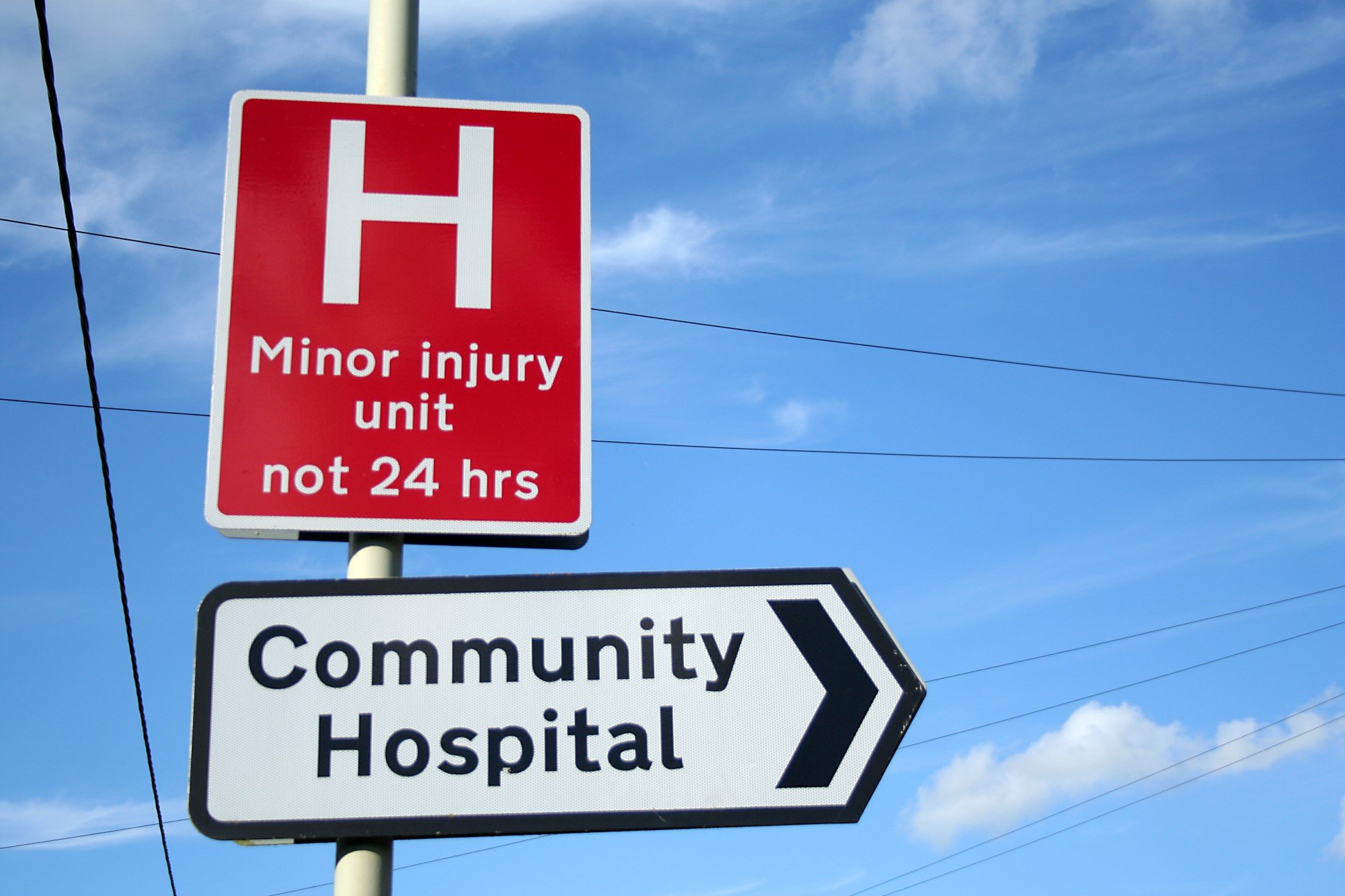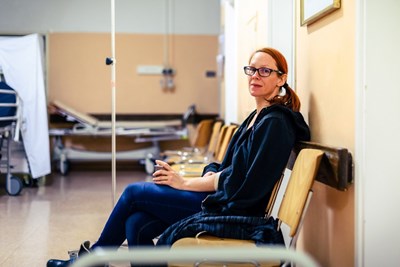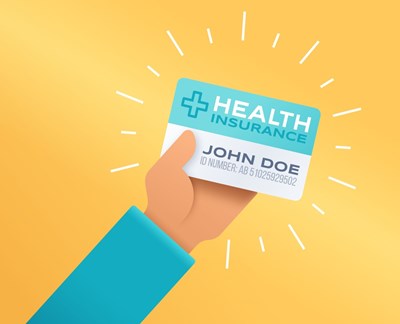You can’t choose when and where an emergency may occur, but fortunately, America’s emergency care safety net is there to ensure you get the treatment you need, when you need it. Emergency physicians are there to provide care for millions of people 24 hours a day, every day of the year—treating anything from a bee sting to a heart attack to a car accident.
Access to emergency care is a fundamental priority for emergency physicians however, there are factors that can make it more challenging for people to get the care they need. When you’re in an emergency every minute counts.
Hospital Closures
Hospital closures are an obvious barrier to access. As hospitals close or consolidate, it means people may have to travel further to get emergency care, where the difference of a few extra minutes could mean life or death.
ED Crowding
With hospital closures, comes a decrease in emergency departments (EDs) and emergency physicians. Admitted patients can remain in the ED until inpatient beds become available, but with a fewer number of beds available, this can lead to ED crowding, thus preventing turnover to new ED patients. There are consequences to crowding including longer patient waits, increased ambulance diversion, longer turnaround times for emergency medical services (EMS) and increased risk for poor outcomes.
Rural Challenges
Patients living in a rural community continue to have unequal access to emergency care. Rural areas continue to suffer from hospital closures as well as limited access to emergency physician, resulting in some hospitals to rely on local non-emergency medicine trained providers to work in the ED. Although the rise telemedicine connects more patients to care, adequate staffing with qualified emergency care providers in these smaller EDs needs to be addressed to ensure access to quality emergency care within the rural setting.
We need to research, collaborate, contribute and ultimately develop practical solutions for these pressing issues to continue to safeguard our nation’s emergency care safety net.
 American College of Emergency Physicians
American College of Emergency Physicians







